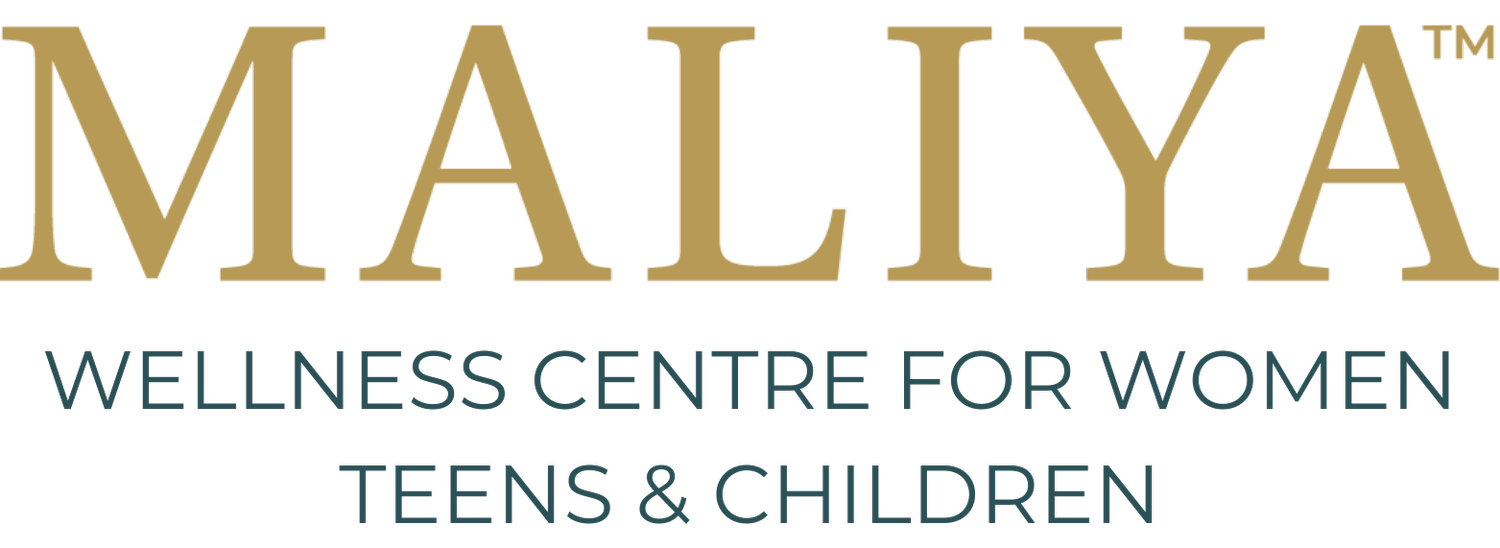Accelerated Resolution Therapy: A Psychologist's Personal Experience
Introduction to ART
Accelerated Resolution Therapy (ART) is a helpful form of therapy in the world of psychotherapy, offering a fast and effective way to address psychological trauma and various mental health issues such as obsessive compulsive disorder (OCD), addictions, anxiety, and chronic pain. Developed in 2008 by Laney Rosenzweig, a licensed marriage and family therapist, ART combines elements from other successful therapies like Eye Movement Desensitization and Reprocessing (EMDR), cognitive-behavioral therapy (CBT), and Gestalt therapy.
Lindsay’s Personal Experience with ART and Test Anxiety
Prior to taking the training for ART as a provisional psychologist I experienced how helpful ART is personally with my own test anxiety. Though I have written several exams throughout my academic career, the Examination for Professional Practice in Psychology (EPPP) was a test that brought out severe fear and anxiety for me. The EPPP is a standardized test used in the United States and Canada to assess the knowledge and skills of individuals seeking to become licensed psychologists. It's over four hours long and tests on everything related to the professional practice in psychology. ART allowed me to feel more confident, calm, and ready for this monumental exam. I managed to pass this exam and move forward in my career as a registered psychologist. After this experience I wanted to be able to offer the chance for rapid relief and results to clients in my own professional practice.
How Does ART Work?
Here are some brief points on how ART provides fast results:
Eye Movements: Much like EMDR, ART employs rapid eye movements to help reprocess and reduce the intensity of traumatic memories.
Imagery Rescripting: Clients visualize the distressing event and then "rewrite" the memory, transforming its emotional impact.
Voluntary Memory Replacement: This technique allows clients to replace negative images with positive ones, all while maintaining an understanding that the new images are a therapeutic tool rather than a factual recounting of the past.
What to Expect in ART Sessions
ART sessions are structured yet flexible, it typically focuses on present symptoms and distress but may need to delve into some past events as well. An intake session is often needed prior to going forward with an ART session. Here’s what a typical session might involve:
Duration and Frequency: Often one 90 minute ART session with Lindsay provides enough time to complete the protocol for a specific issue. Sometimes an additional 60 minute follow-up is needed to fully complete the protocol.
Guided Protocols: ART uses specific protocols to guide clients through the therapeutic process. You will likely see an ART therapist follow a script to guide them through the protocol.
Focus on Present Physical Sensations: ART goes between seeing images of your problem and processing sensations present in your body.
Applications of ART
ART is a versatile therapy with a wide range of applications:
PTSD: Particularly effective for those suffering from post-traumatic stress disorder.
Anxiety and Depression: ART is also used to treat anxiety, depression, phobias, grief, and other mental health conditions.
Performance Enhancement: Some individuals use ART to boost performance in sports, work, and other areas.
Obsessive Compulsive Disorder (OCD): ART can be used to alleviate symptoms of OCD by addressing the distressing thoughts and images that trigger compulsive behaviors.
Self-Esteem Issues: Individuals with low self-esteem or self-worth issues can benefit from ART by reprocessing negative self-beliefs and fostering a more positive self-image.
Phobias: ART can help individuals overcome irrational fears and phobias, such as fear of heights, flying, or specific animals, by reprocessing the distressing images and sensations associated with the phobia.
Benefits of ART
Rapid Results: Many clients experience significant symptom relief quickly.
Non-Invasive: ART is a non-invasive therapy that does not require medication.
Minimal Trauma Reliving: Unlike some therapies, ART minimizes the need for clients to relive traumatic experiences extensively.
Conclusion
Accelerated Resolution Therapy offers an innovative and promising approach to dealing with a variety of psychological issues. With its rapid results and non-invasive nature, ART could be the key to a quicker path to healing.
Whether you're dealing with trauma, anxiety, or seeking to enhance your performance in various areas of life, ART might be the solution you've been looking for. If you are interested, book with Lindsay or call Maliya Wellness Centre for Women, Teens, and Children at 403-981-9868.
Lindsay Zoeteman
Registered Psychologist
Lindsay Zoeteman is a Registered Psychologist with the College of Alberta Psychologists. She holds a Master’s degree in Counselling Psychology from the University of Lethbridge. Lindsay has been working in mental health and addiction for 12 years and has a voracious interest in psychology as it relates to personal growth and well-being.
Lindsay uses an integrative approach and is trained in Cognitive Behavioural Therapy, Acceptance and Commitment Therapy, Accelerated Resolution Therapy, Solution-Focused Therapy, and Client-Centered Therapy. She specializes in assessing for, and treating adults with ADHD, working with individuals struggling with depression, anxiety, OCD, PTSD, Bipolar, and substance abuse, and working with couples using the Gottman Method Therapy training.
Lindsay's approach is grounded in compassion, empathy, and respect, for each individual's journey. She believes that everyone has the capacity for growth and healing, and is there to help you tap into that potential.

